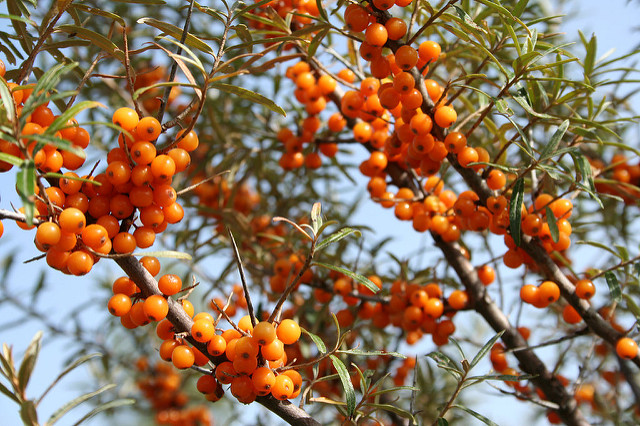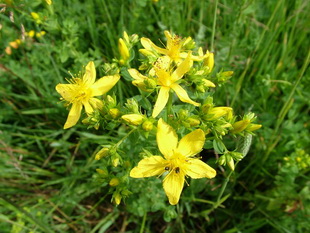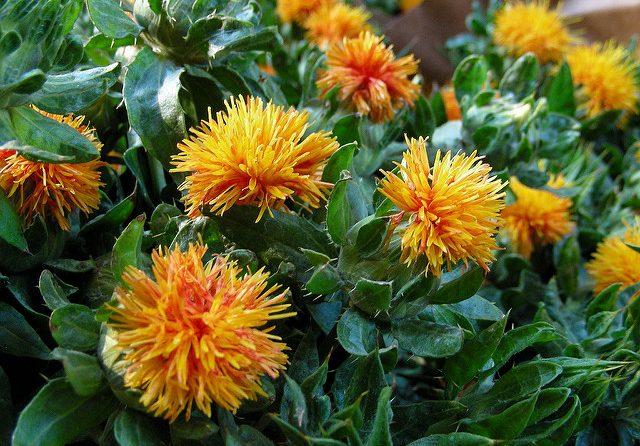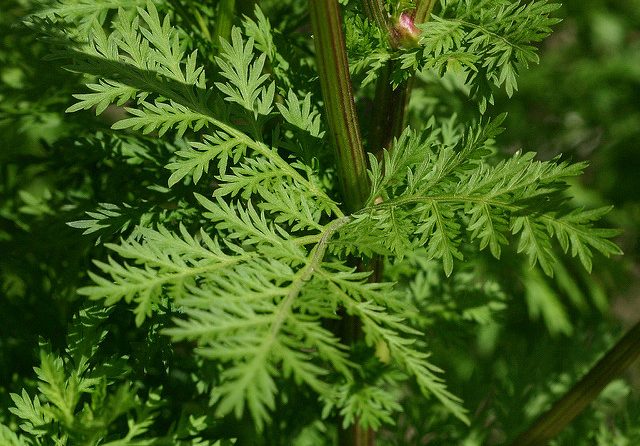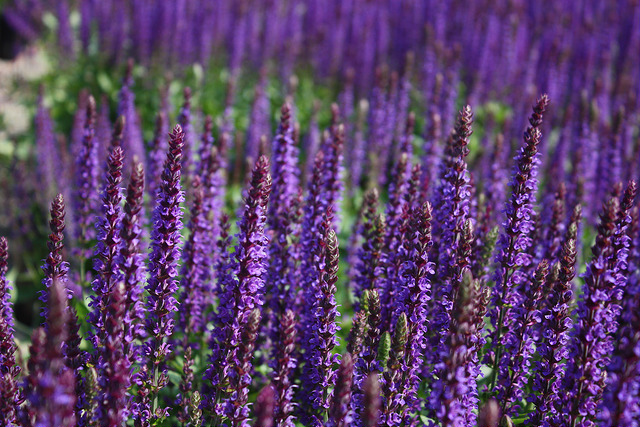
SALVIA MILTIORRHIZA
Profile Latin Name: Salvia Miltiorrhiza Bunge CAS No.: 54693-68-4 Active Ingredient: Tanshinones Specification: 1:1, 4:1, 10:1, 5%, 10%, 20%, 50%, 95% Total Triterpenes – 95% Cryptotanshinone – 95% Tanshinone IIA Part Used: root Test Method: HPLC Appearance: Fine dark reddish-brown powder Description The Salvia Miltiorrhiza mainly contains phenolic acids and diterpenoids. The main active
Read more
